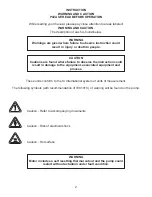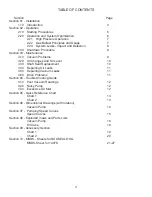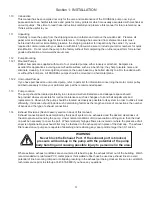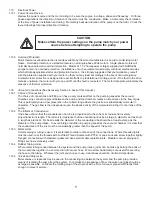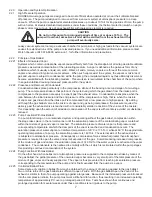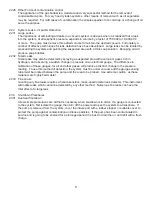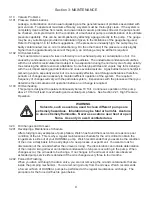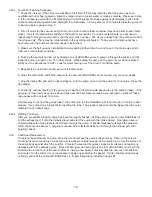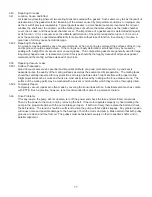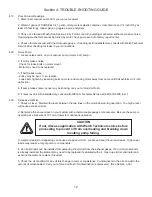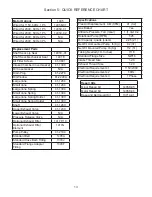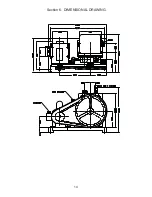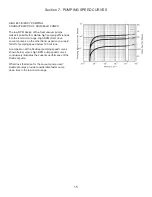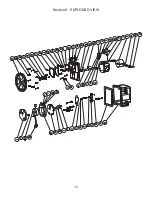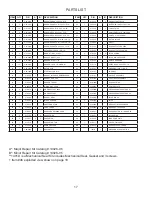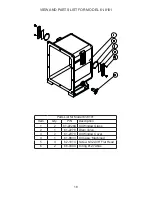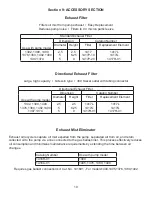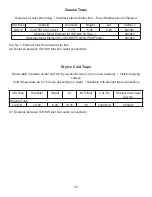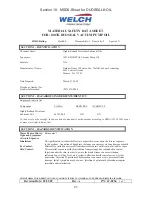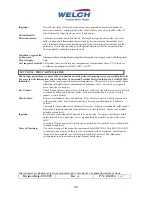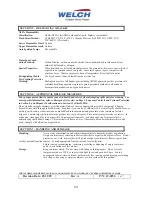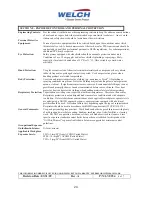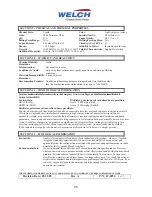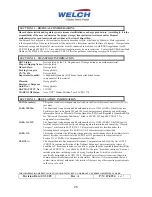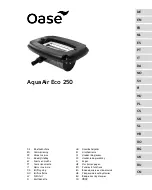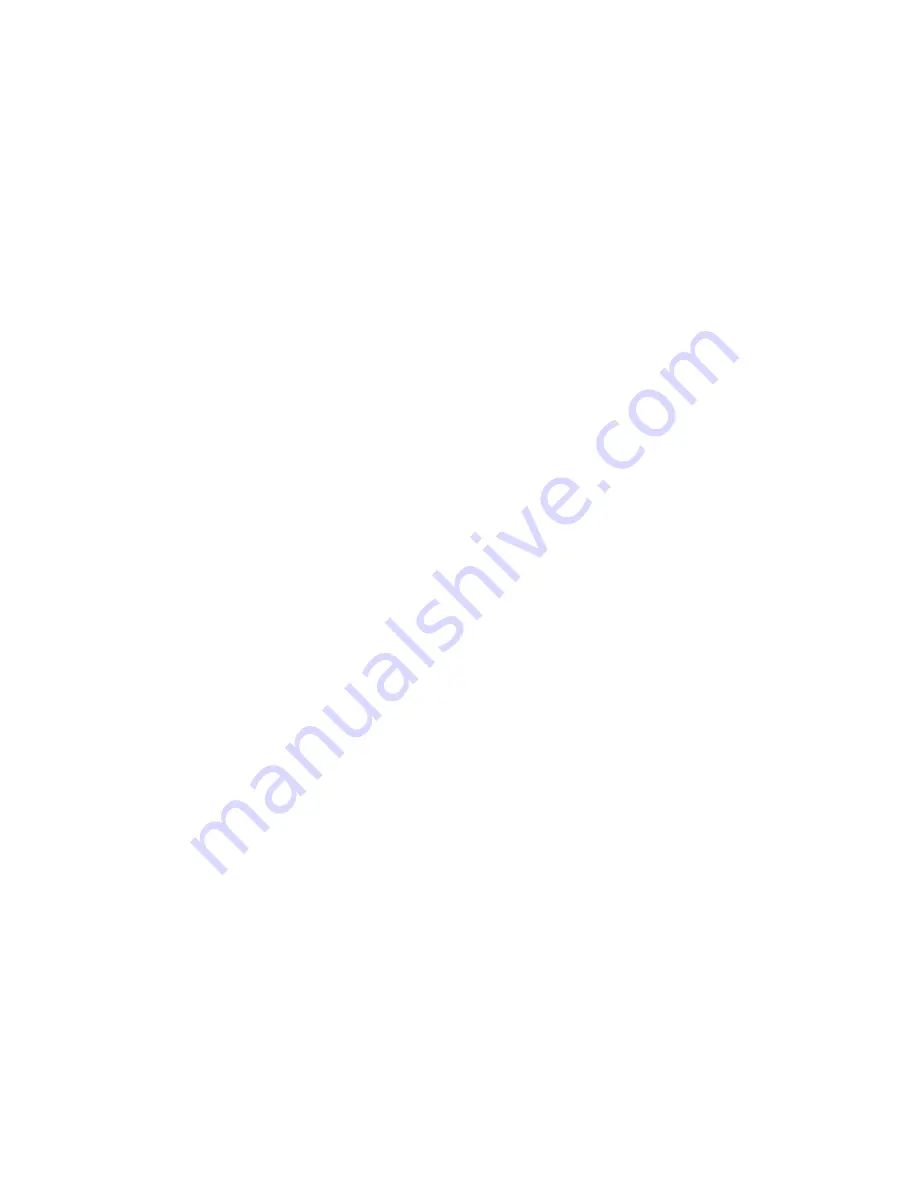
11
3.40
Repairing Oil Leaks
3.41
Location, Cause and Effect
Oil leaks may develop wherever two mating faces are sealed with a gasket. Such seams may fail as the result of
deterioration of the gasket material, loosening of the screws caused by temperature variations, or improper care
as the result of previous reassembly. Typical gaskets seams in a mechanical pump are located at the oil level
window, the shaft seal, the oil drain, and the mating faces of such mechanical surfaces as the intake chamber
cover, the oil case, and the exhaust chamber cover. The importance of a gasket seam is determined principally
by its function. If it is a vacuum seal, the ultimate performance of the pump is dependent upon it. If it is an oil
seal, the pump may be operated satisfactorily for some time without loss of function. Eventually, of course, a
great loss of oil may cause harmful damage.
3.402 Repairing
Techniques
An oil seam may be sealed by any of several methods. When an O-ring is employed, the surfaces of the O-ring
and its groove should be wiped clean. If the O-ring is not badly deformed or scratched it may be reused by
sealing with a slight fi lm of vacuum oil or vacuum grease. Thin composition gaskets are generally used for large
irregularly shaped areas. A replacement joint of this type should be thoroughly cleaned of all previous gasket
material and the mating surfaces cleaned of any nicks.
3.50
Repairing Vacuum Leaks
3.501 Surface
Preparation
Good Vacuum seals are an essential and important attribute of a good mechanical pump. A good seal is
dependent upon the quality of the mating surfaces as well as the sealant and its preparation. The mating faces
should be carefully inspected for any projections or foreign particles which might interfere with proper mating.
Slight projections such as nicks and burrs are most easily removed by rubbing with a fi ne abrasive stone. The
surface of the mating parts may be washed with a solvent or alcohol after which they must be thoroughly dried.
3.502 Temporary
Repair
Temporary vacuum repairs are often made by covering the known leak with an industrial sealant such as Loctite
with PTFE. Such a practice, however, is not recommended for seals of a permanent nature.
3.60 Drive
Problems
If for any reason the pump will not operate, turn off the power and check the fuse and electrical connections.
Then try the power to the motor only by removing the belt. If the motor operates properly try hand-rotating the
pump in the proper direction with the pump intake port open. If both turn freely then replace the belt and check
the belt tension. The tension should be suffi cient to drive the pump without visible slippage. Any greater tension
will cause noise and possible damage to the bearings of both the motor and pump. Make certain that both pulley
grooves are clean and free from oil. The pulleys must be fastened securely on their respective shafts, and in
parallel alignment.
Summary of Contents for DUOSEAL 1405B-01
Page 14: ...Section 6 DIMENSIONAL DRAWING 14...
Page 16: ...Section 8 EXPLODED VIEW 16...


